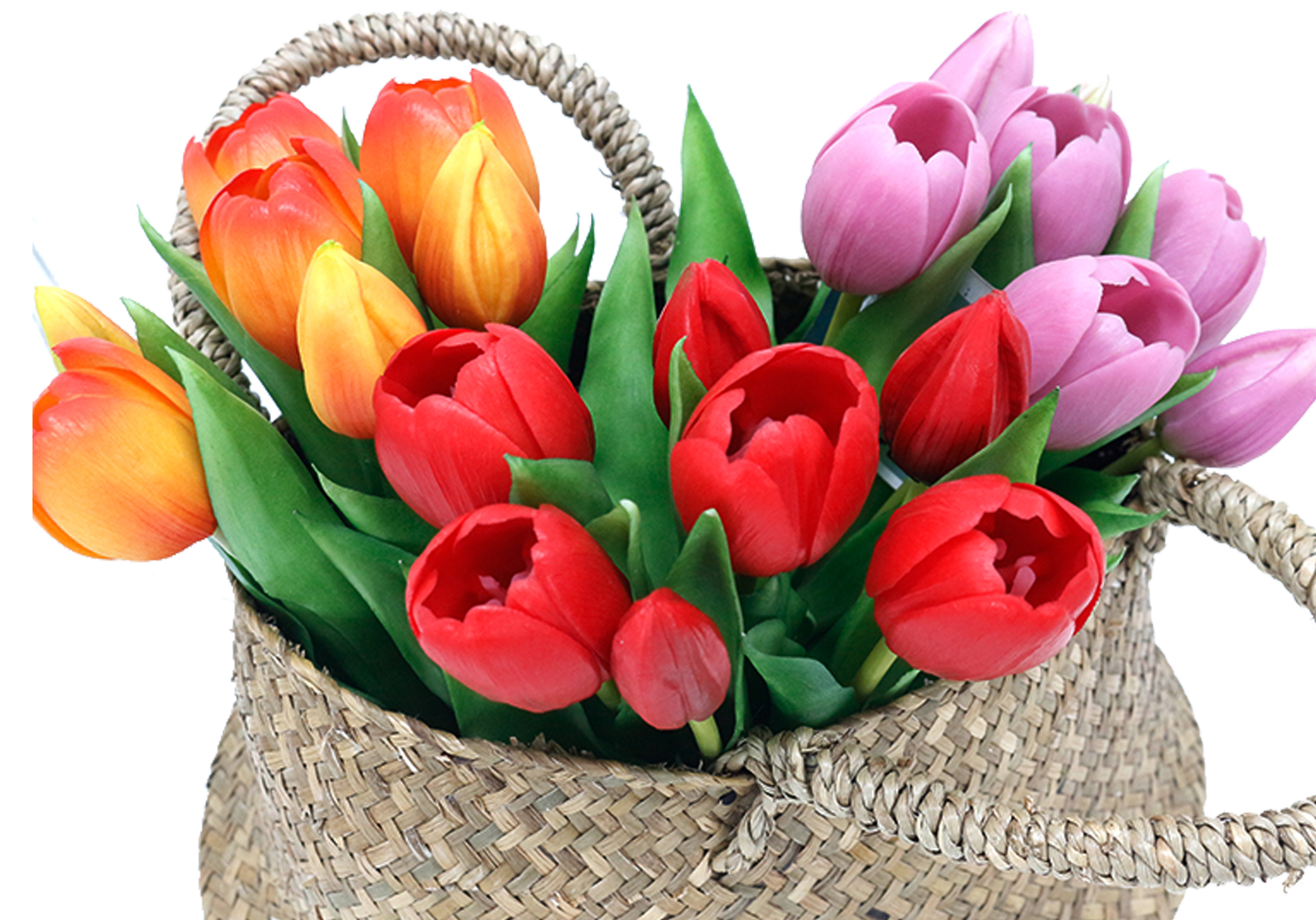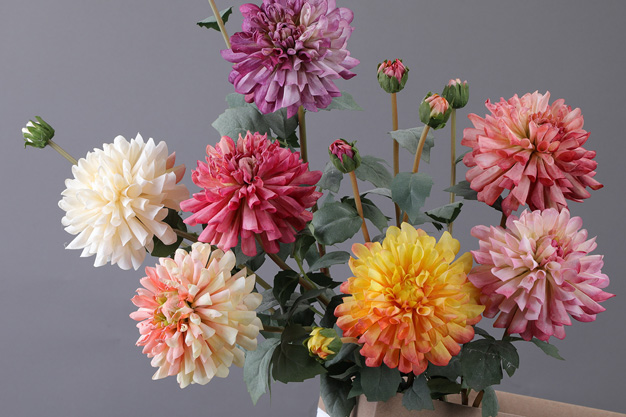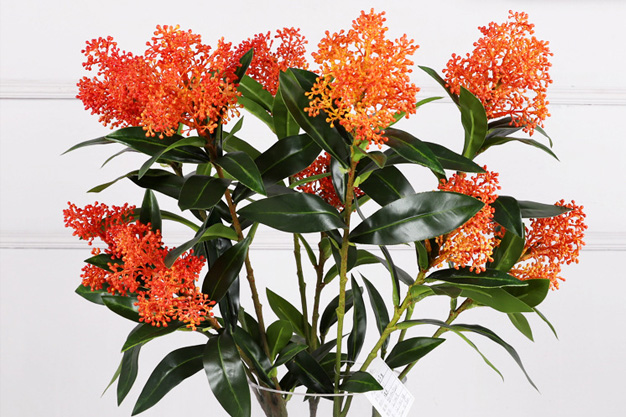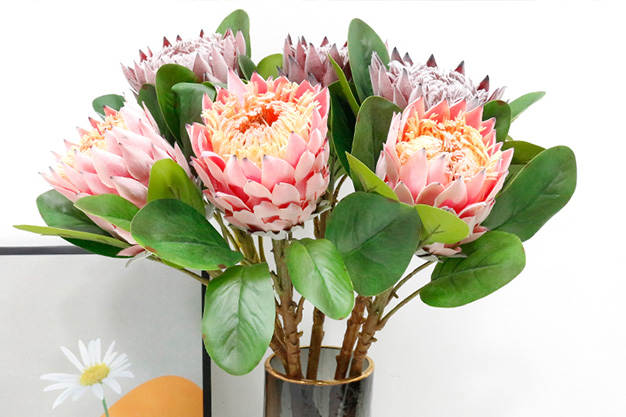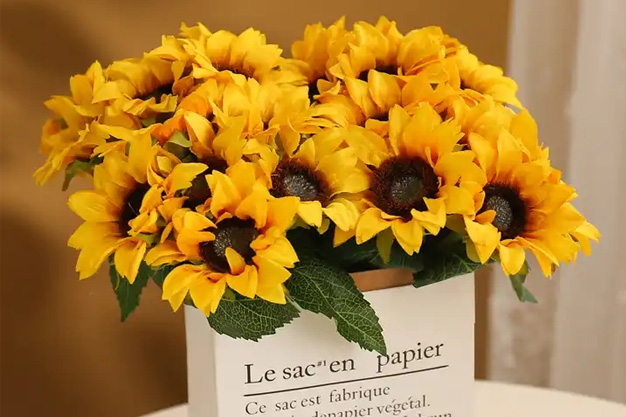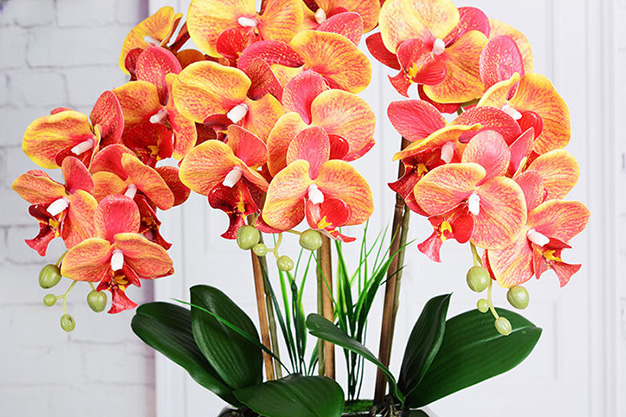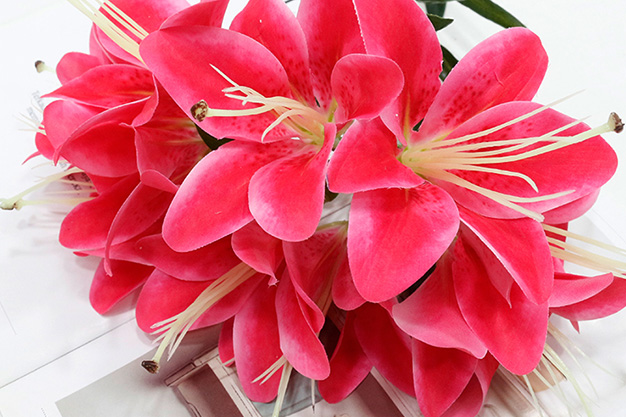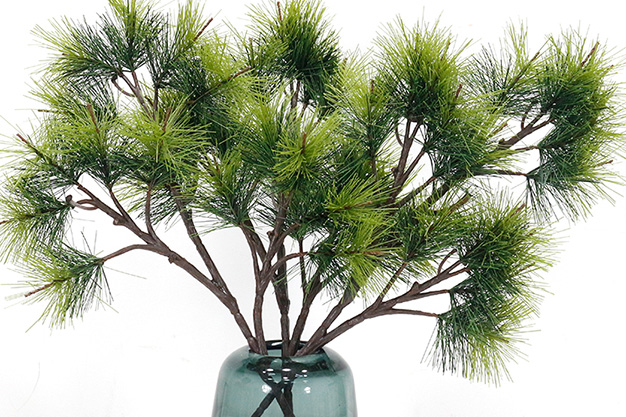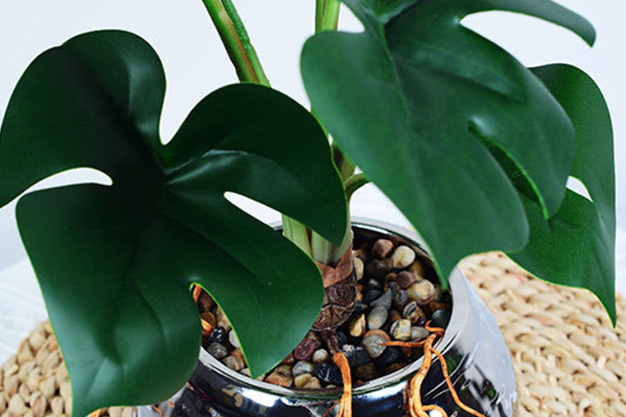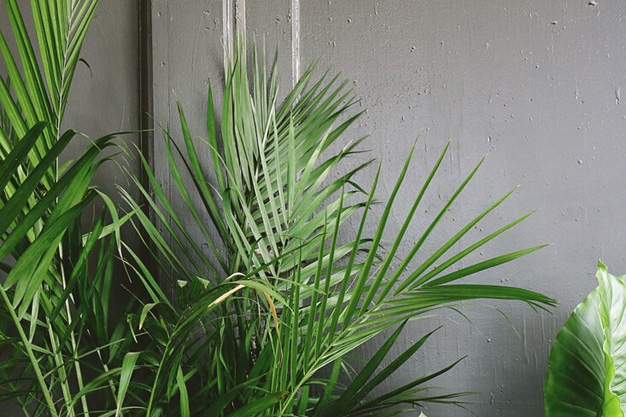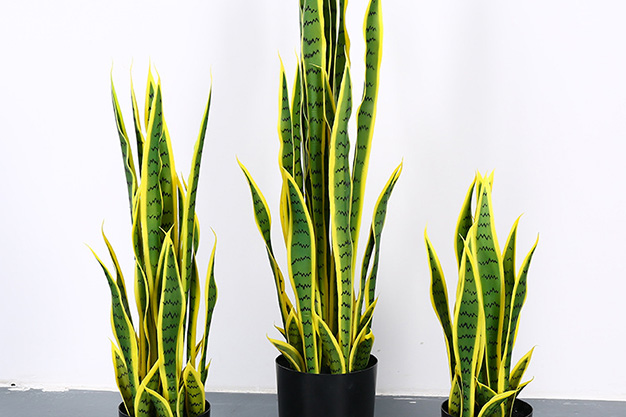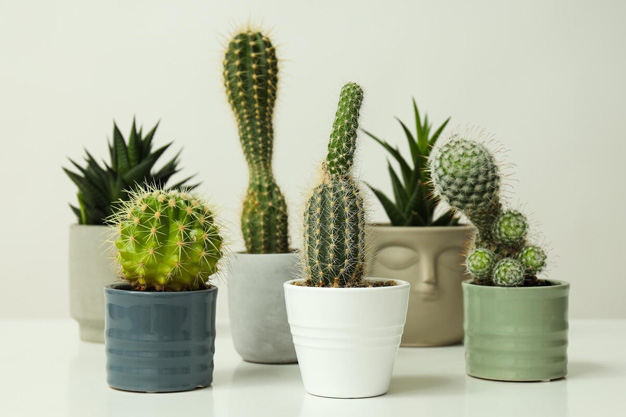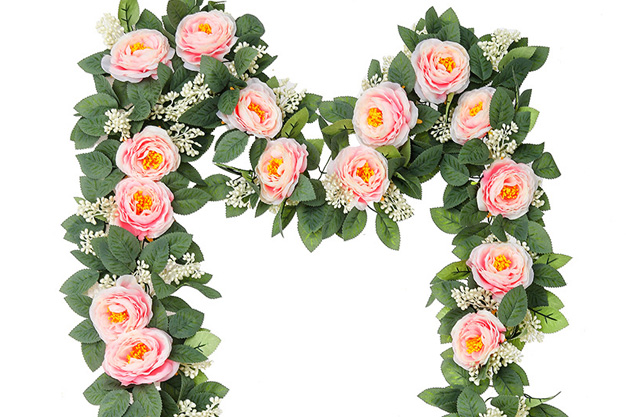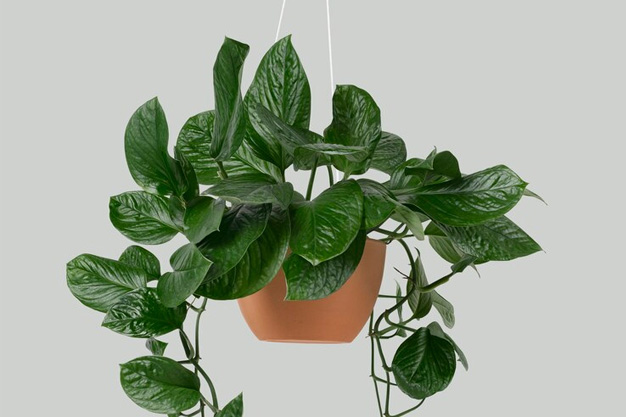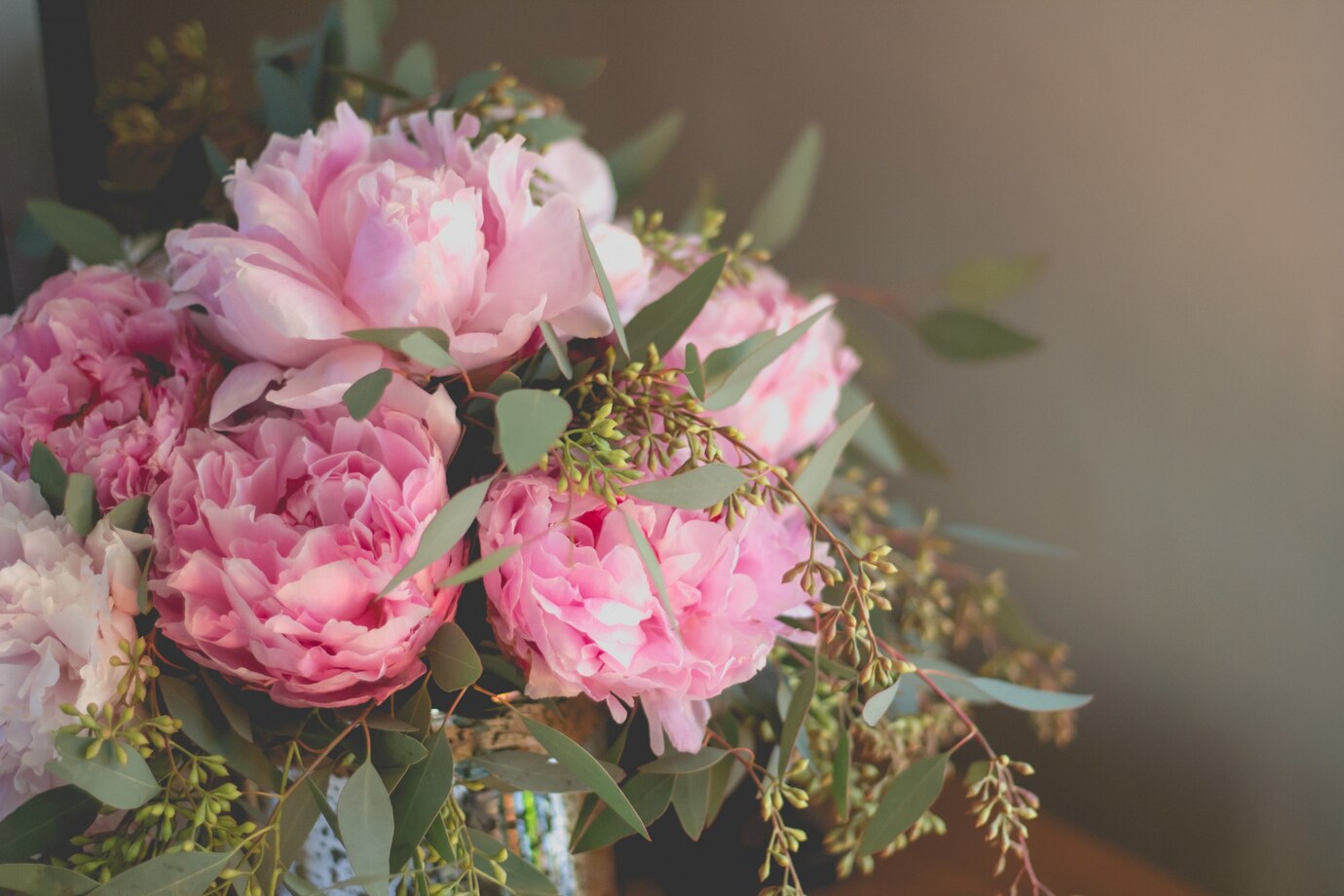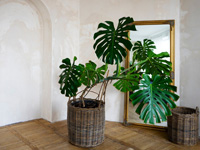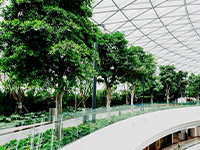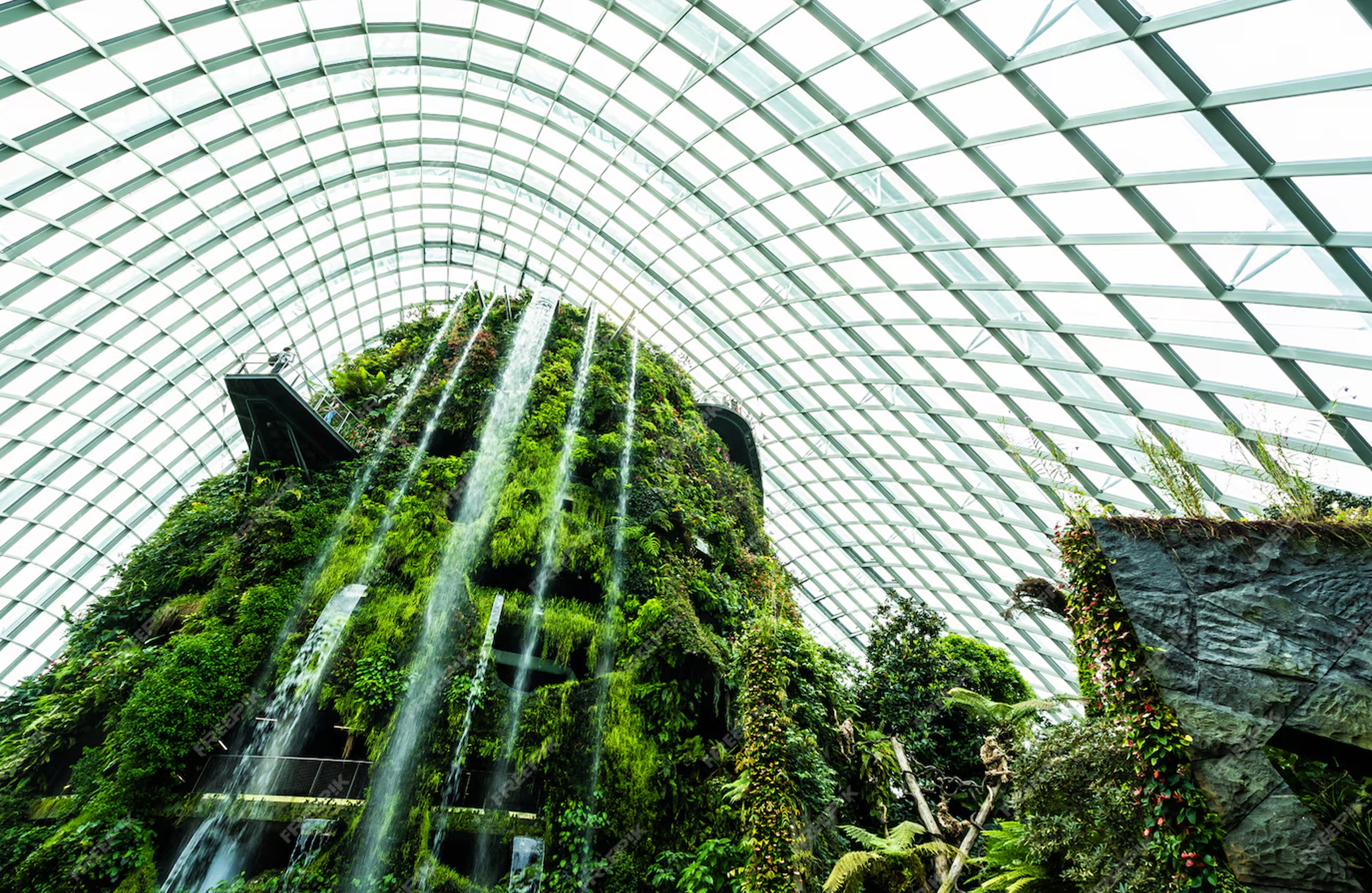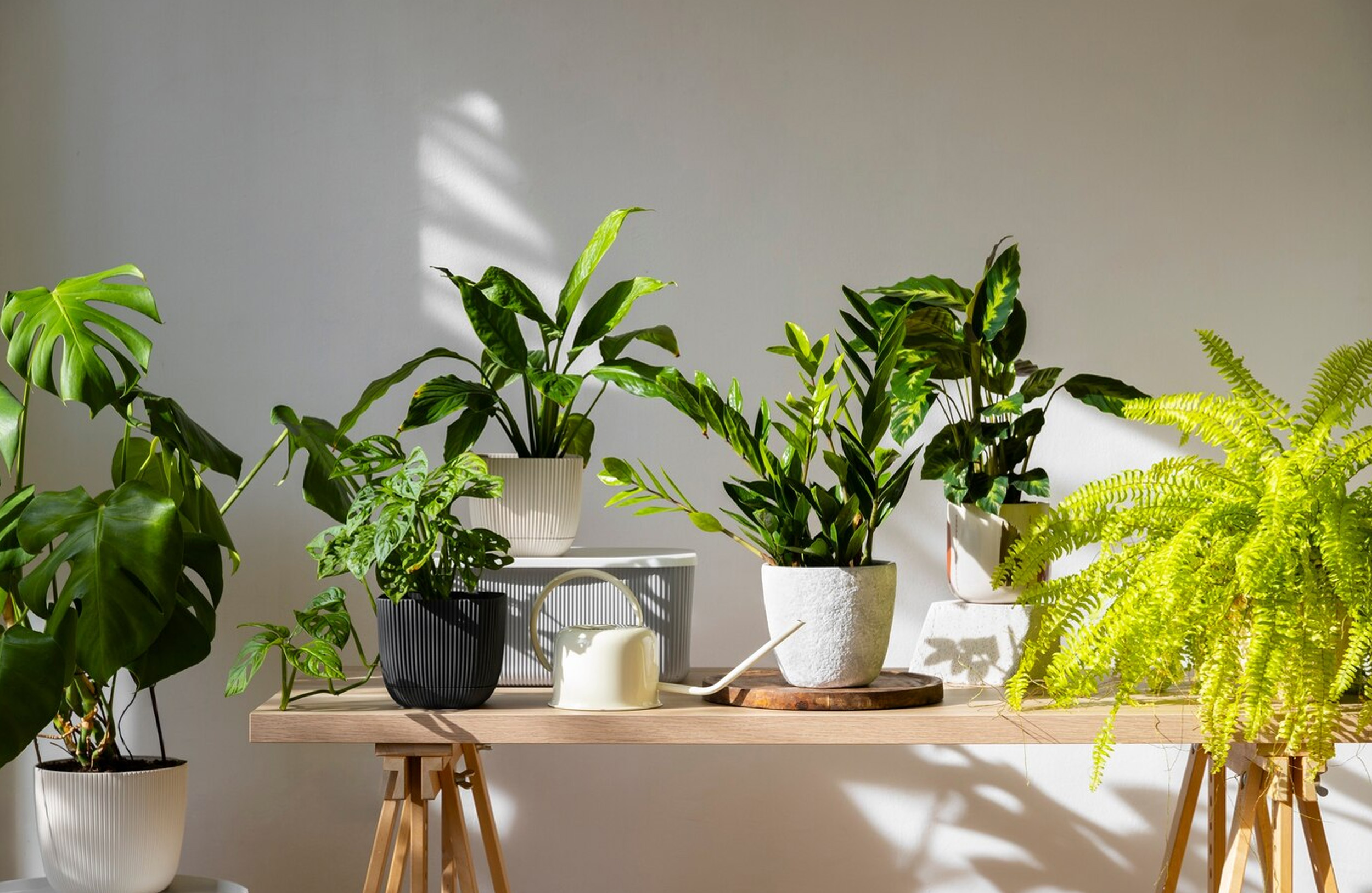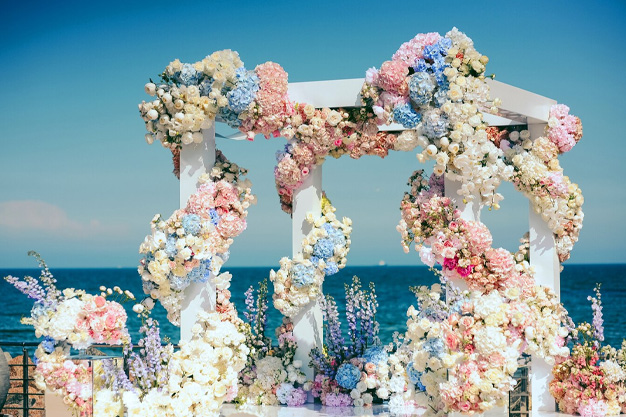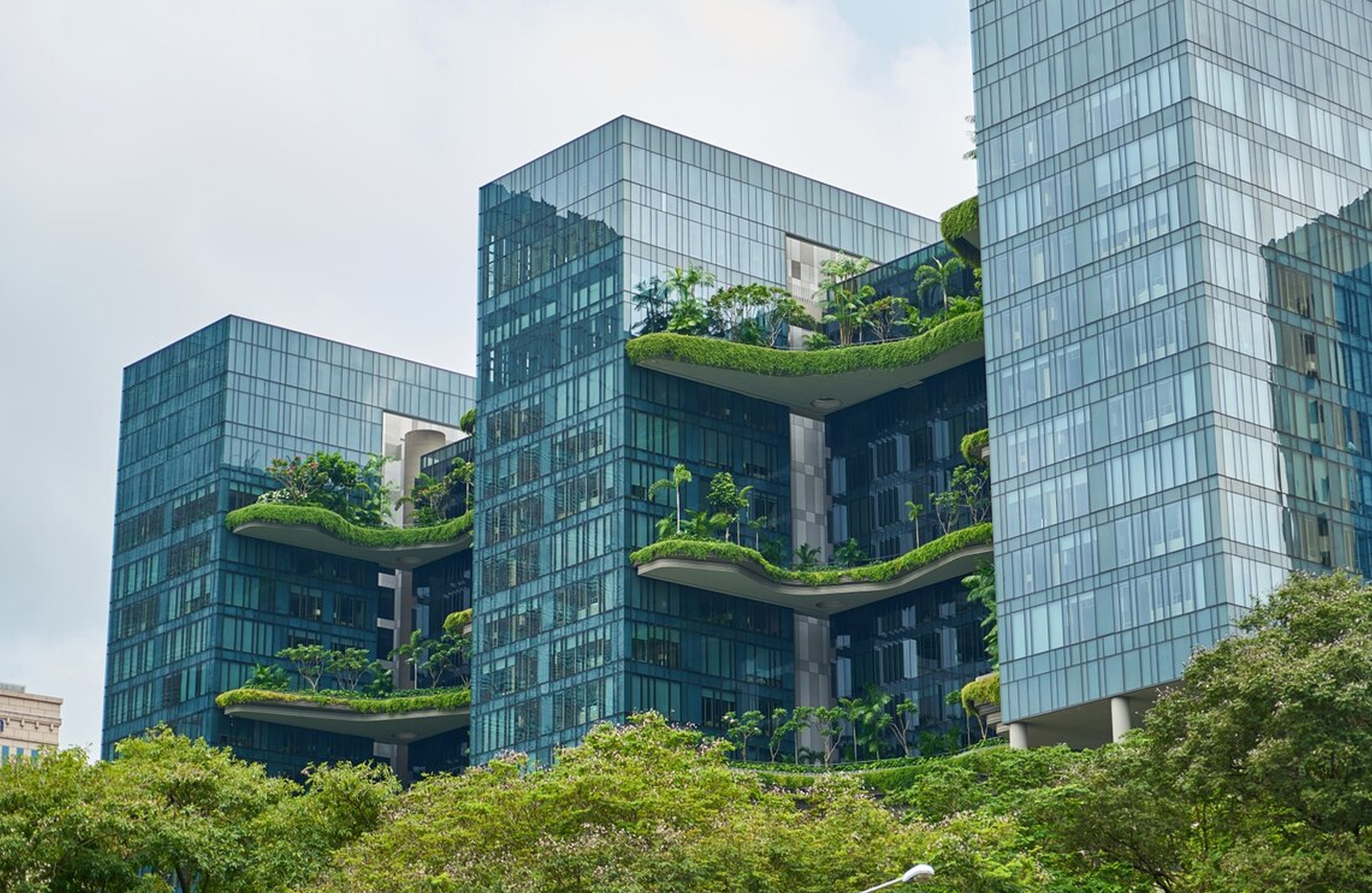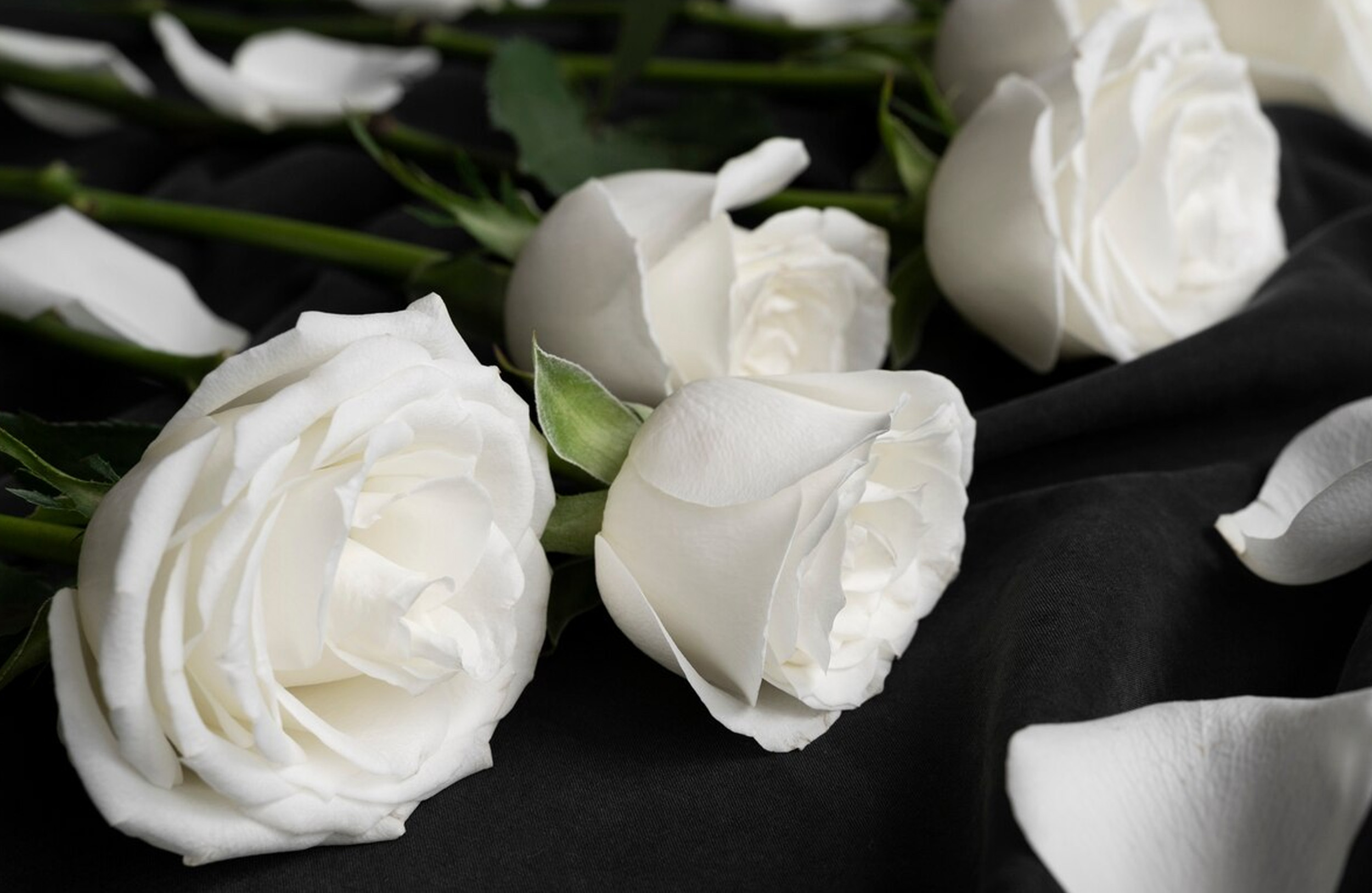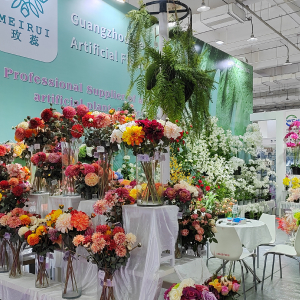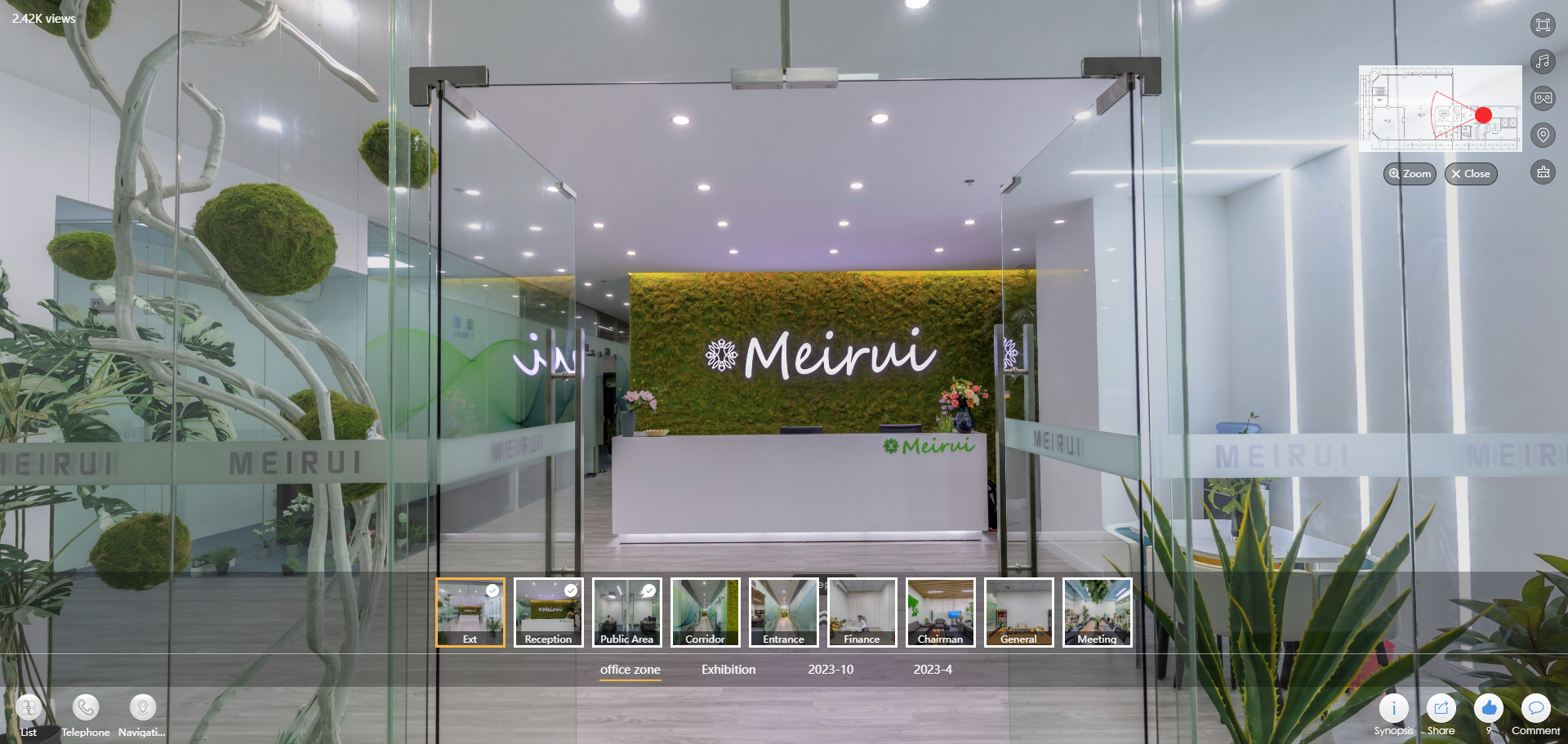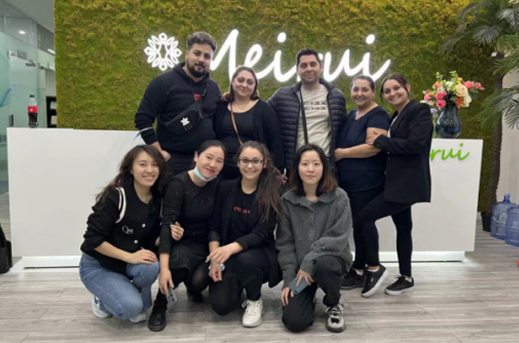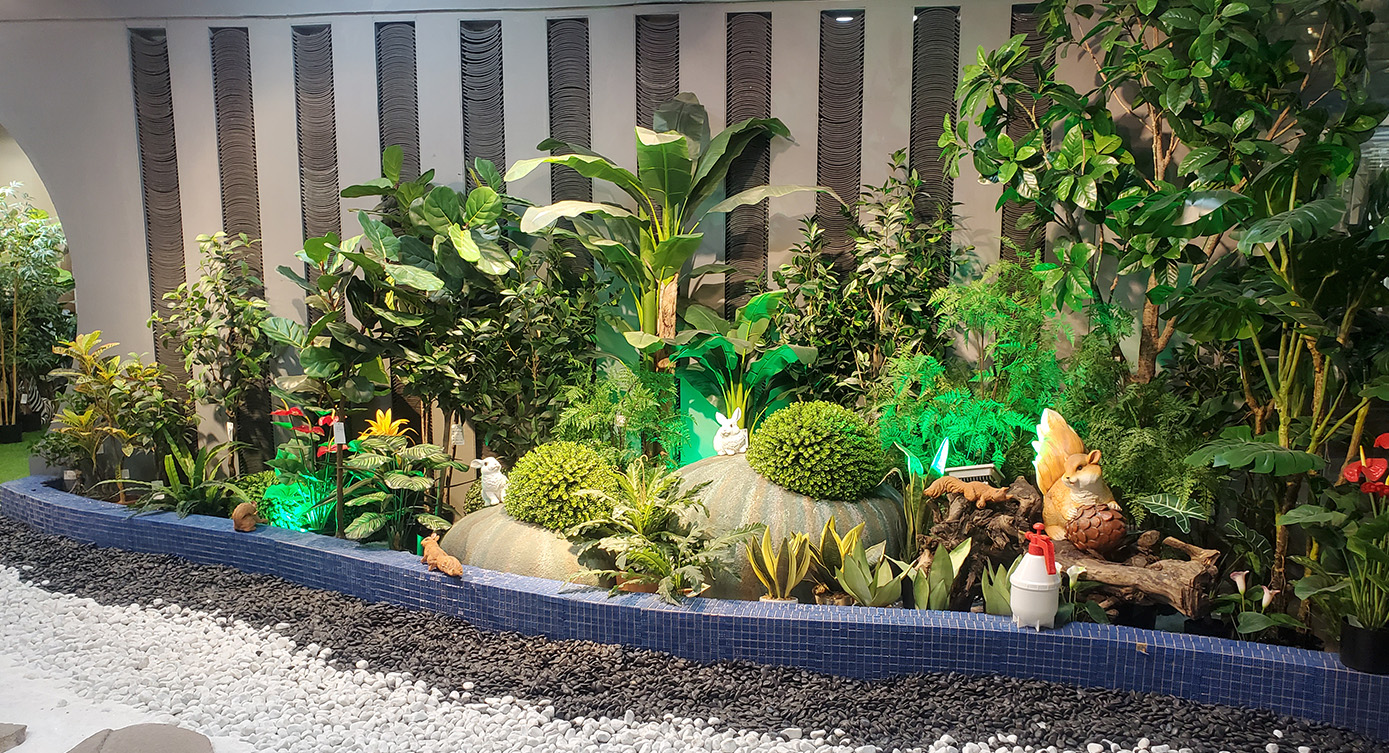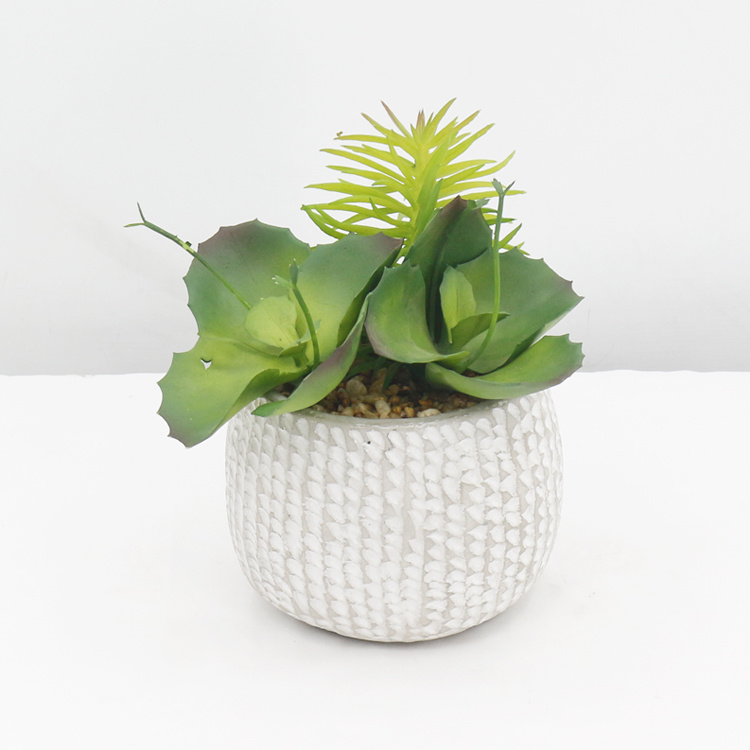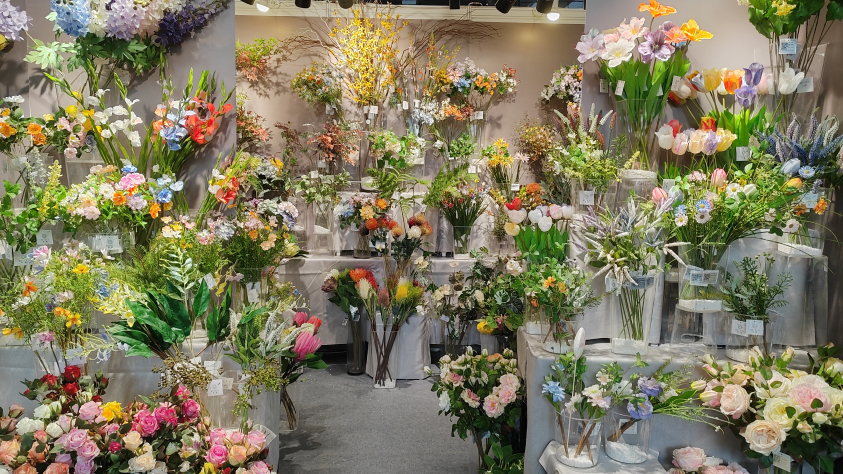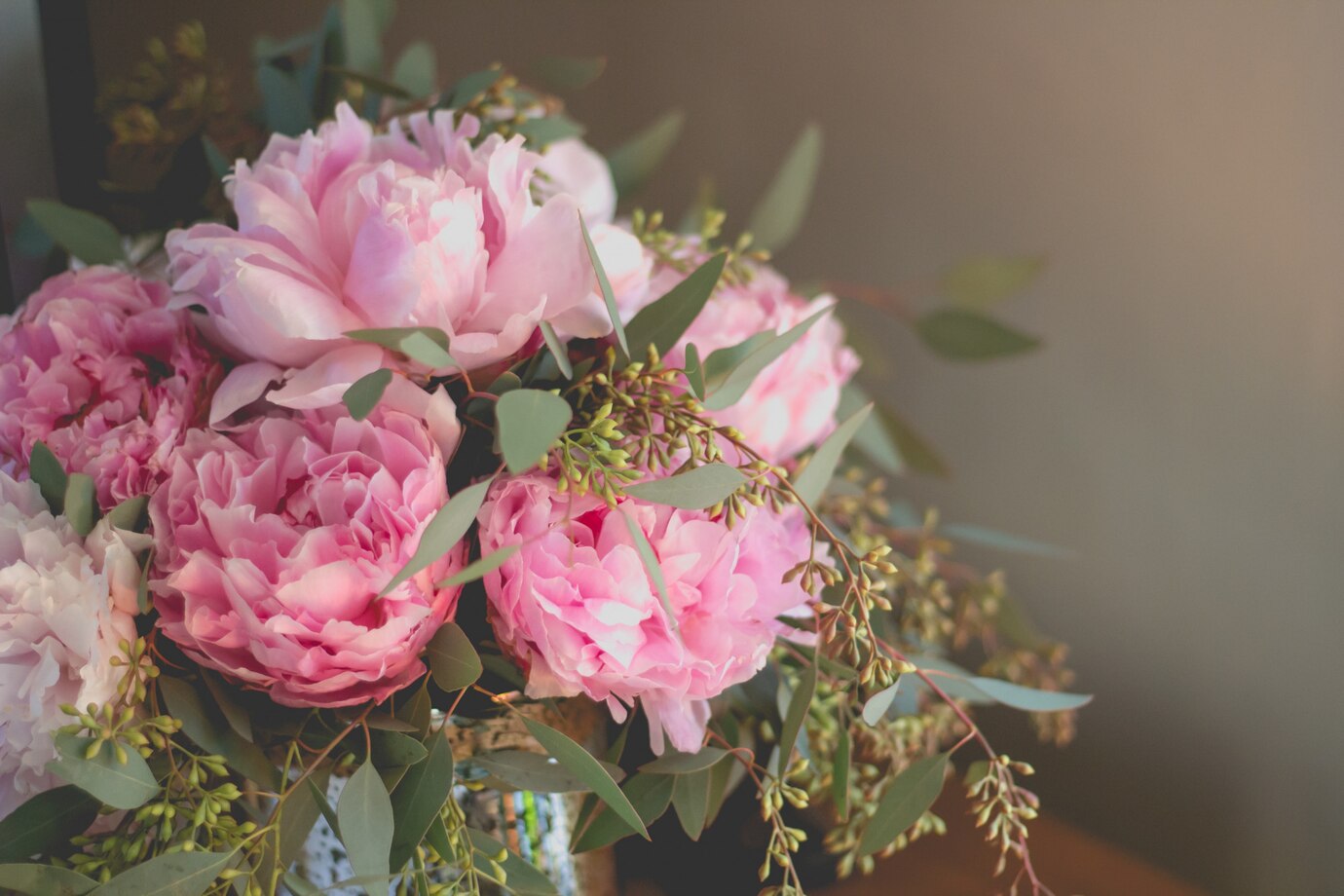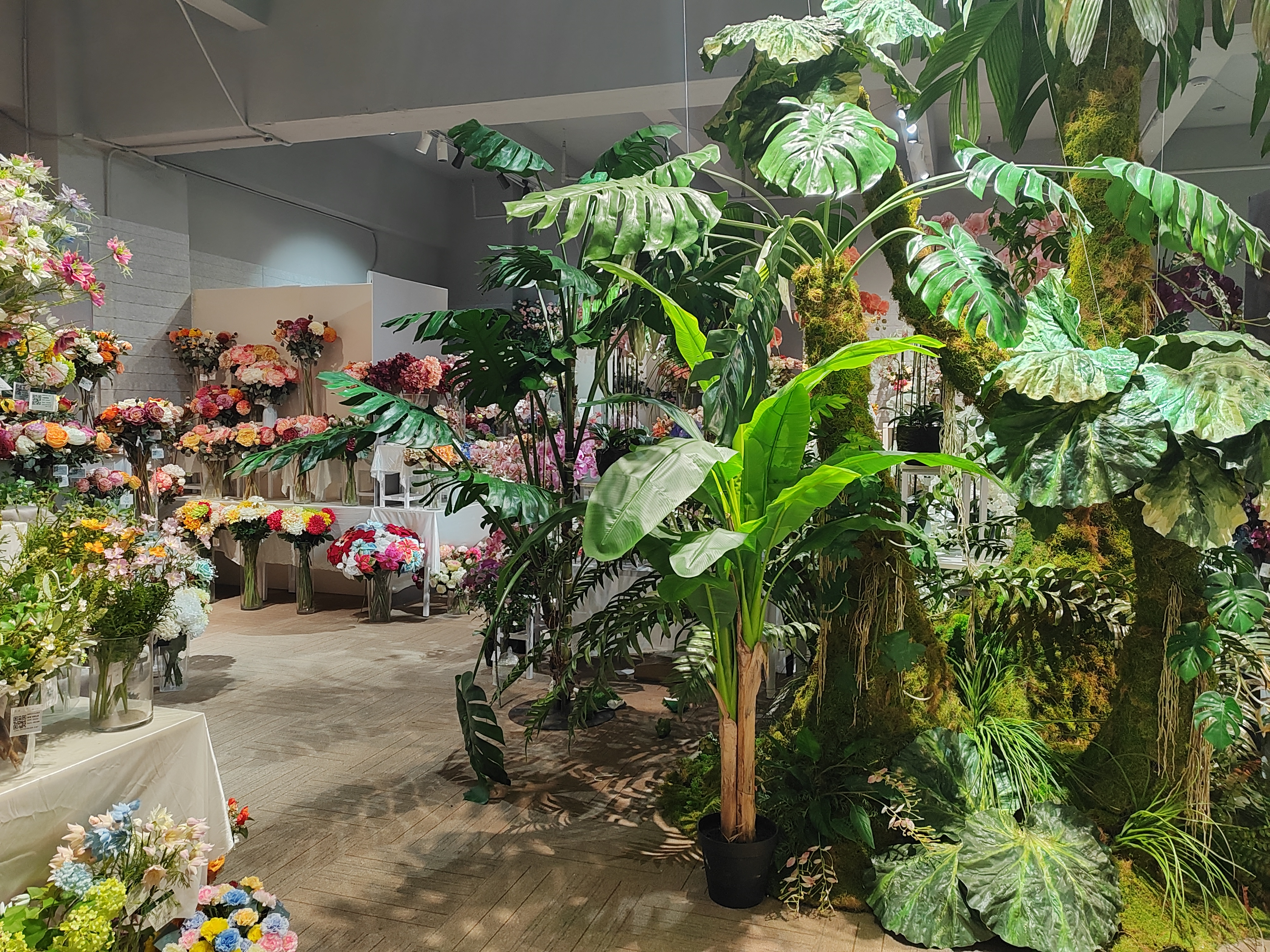

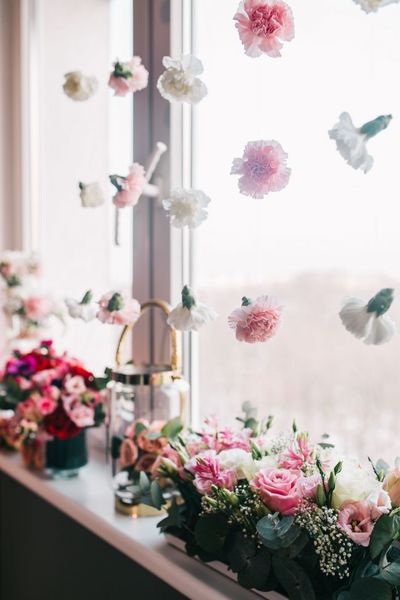
In the competitive world of retail, creating visually appealing displays is key to attracting customers and driving sales. Retailers continuously seek innovative ways to capture the attention of shoppers and showcase their products in the best possible light. Artificial flowers have emerged as a popular choice for enhancing retail visual merchandising, offering a versatile and eye-catching solution for creating captivating displays. In this blog, we'll explore the role of artificial flowers in retail visual merchandising, highlighting their sustainability, innovation, and environmentally friendly nature.
Elevating the Shopping Experience:
The shopping experience begins the moment a customer sets foot inside a store, and retailers understand the importance of making a strong first impression. Artificial flowers add a touch of beauty and elegance to retail environments, creating an inviting atmosphere that entices customers to explore further.
By incorporating artificial flowers into their visual merchandising displays, retailers can create immersive and memorable shopping experiences that engage the senses and leave a lasting impression on shoppers. Whether used as accents in window displays, as table centerpieces, or as part of larger decor installations, artificial flowers help retailers create visually stunning environments that showcase their products in the best possible light.
Sustainable Solutions for Retail:
Sustainability is an increasingly important consideration for retailers as they seek to minimize their environmental impact and meet the growing demand for eco-friendly products and practices. Artificial flowers offer a sustainable alternative to fresh flowers for retail visual merchandising, as they can be reused and repurposed for multiple seasons, reducing waste and conserving natural resources.
By opting for artificial flowers made from eco-friendly materials such as recycled plastics and biodegradable polymers, retailers can demonstrate their commitment to sustainability and environmental responsibility. Artificial flowers also eliminate the need for water, pesticides, and refrigeration, further reducing their environmental footprint and making them a sustainable choice for retail visual merchandising.
Innovative Designs and Displays:
Innovation is at the heart of successful retail visual merchandising, and artificial flowers offer endless possibilities for creative expression. Retailers can experiment with different flower types, colors, and arrangements to create unique and eye-catching displays that capture the attention of shoppers.
From elaborate floral installations that span entire store windows to subtle accents that highlight specific products or promotions, artificial flowers provide retailers with the flexibility to tailor their visual merchandising displays to suit their brand identity and target audience. By incorporating innovative designs and displays, retailers can differentiate themselves from competitors and create memorable shopping experiences that drive customer engagement and loyalty.
Durability and Longevity:
One of the challenges of retail visual merchandising is maintaining the beauty of displays in the face of heavy foot traffic and changing seasons. Artificial flowers offer a practical solution to this challenge, as they are durable and long-lasting, retaining their beauty and freshness over time.
Unlike fresh flowers, which wilt and fade quickly, artificial flowers remain vibrant and attractive for extended periods, ensuring that retail displays look their best throughout the duration of a promotion or season. This durability makes artificial flowers an ideal choice for retailers looking to create impactful visual merchandising displays that withstand the rigors of daily use and maintain their appeal over time.
Cost-Effective Solutions for Retailers:
Budget considerations are always a factor in retail operations, and artificial flowers offer a cost-effective solution for enhancing visual merchandising displays without breaking the bank. Fresh flowers can be expensive, especially for large-scale installations or ongoing decor needs.
Artificial flowers, on the other hand, are readily available year-round and can be purchased in bulk at a fraction of the cost of fresh flowers. With proper care and maintenance, artificial flowers can be reused for multiple seasons, further reducing costs and maximizing the return on investment for retailers.
Enhancing Brand Identity:
Visual merchandising plays a crucial role in communicating a retailer's brand identity and values to customers. Artificial flowers can be used strategically to reinforce brand messaging and create cohesive visual experiences that resonate with shoppers.
Whether a retailer's brand is modern and minimalist or whimsical and romantic, artificial flowers can be integrated into visual merchandising displays to reflect the brand's personality and aesthetic. By aligning floral selections with brand colors, themes, and messaging, retailers can create cohesive and memorable experiences that strengthen brand loyalty and drive customer engagement.
Conclusion:
Artificial flowers offer a versatile, sustainable, and innovative solution for enhancing retail visual merchandising and creating captivating displays that attract and engage shoppers. With their ability to elevate the shopping experience, support sustainability goals, and provide cost-effective solutions for retailers, artificial flowers are sure to remain a staple in retail visual merchandising for years to come.
By incorporating artificial flowers into their visual merchandising strategies, retailers can create immersive and memorable shopping experiences that leave a lasting impression on customers and drive sales. With their durability, versatility, and aesthetic appeal, artificial flowers are a valuable asset for retailers seeking to differentiate themselves in the competitive retail landscape.
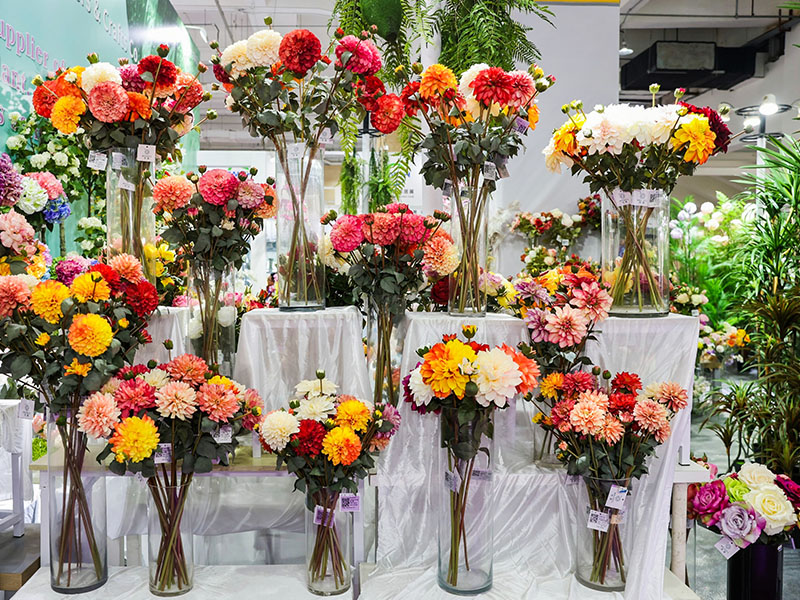
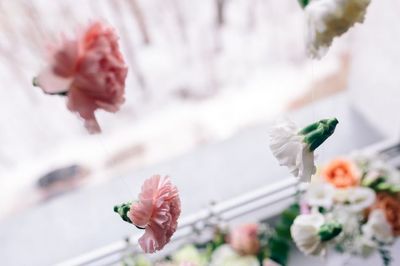

important to us
